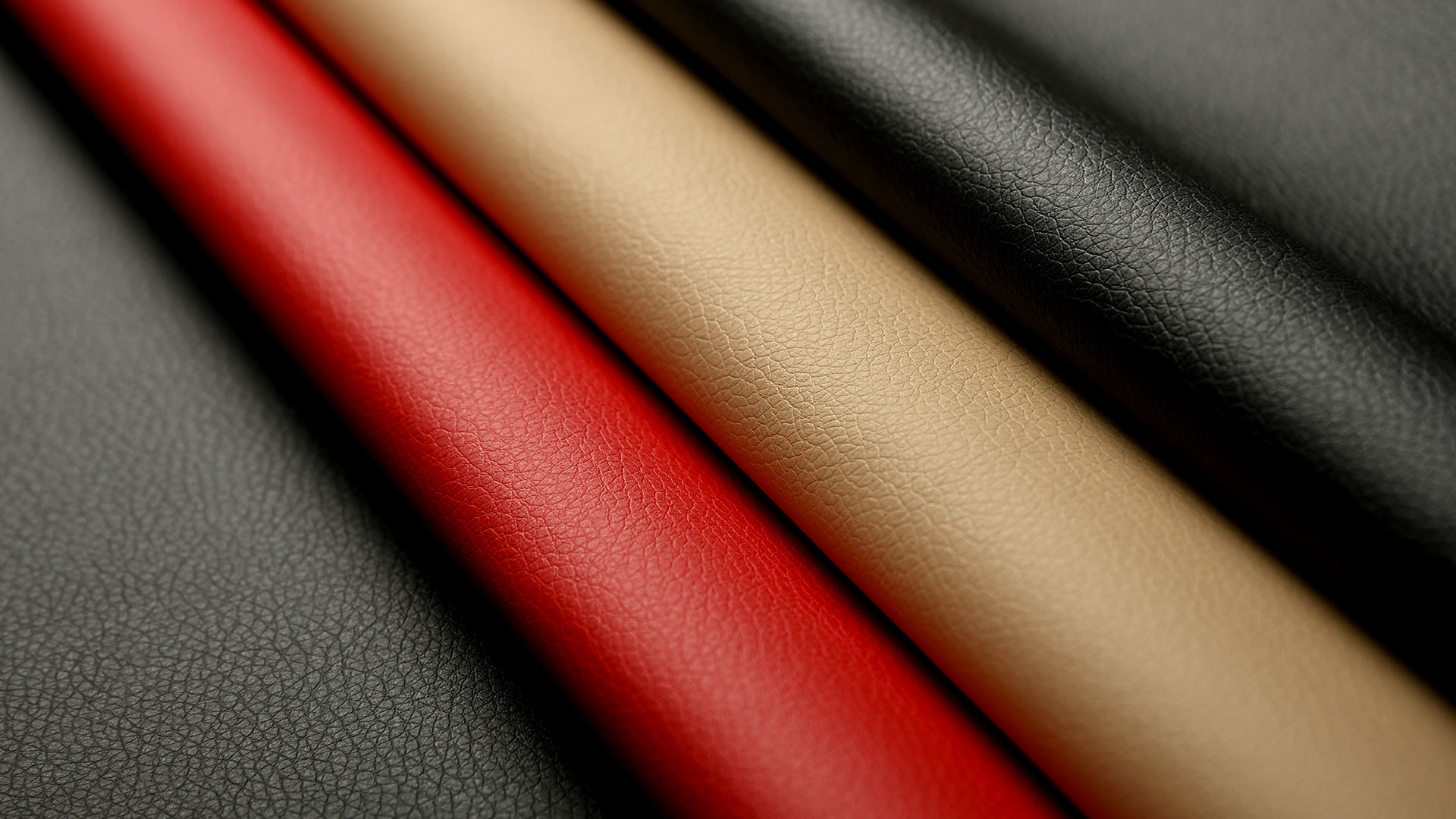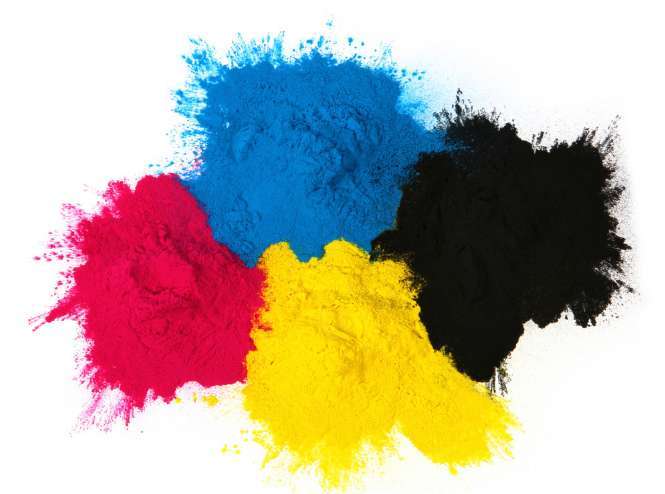Leather Dyes - Requirements for Leather Dyes in the Care Process
Leather dyeis one of the essential chemical materials in the leather production process. As people's awareness of environmental protection increases, modern leather technology has raised higher requirements for the safety and environmental friendliness of dyes. Therefore, what are the requirements for leather dyes during the leather care process?
1.Alkali resistance
DissolvedLeather dyeshould have a certain stability to dilute alkalis such as soda ash or ammonia water, and color precipitation is not allowed.
2.Acid resistance
DifferentLeather dyehave varying degrees of sensitivity to acids. For example, acid dyes are more sensitive to acids and can easily form "color precipitate" after acid addition, which helps fix the color, while other dyes are less sensitive to acids."Color precipitate" helps to fix the color, but other dyes are less sensitive to acids.
3.Dyeing strength
Dyeing strength indicatesLeather dyethe ability of the dye to color the dyed material, which is an important indicator of the dye. The higher the dyeing strength, the less dye is needed to achieve the same shade.
4.Purity of the dye
The purity of the dye directly affects the purity of the shade. The purer the dye, the smaller the amount of secondary color, making dyeing easier to control. Generally, the content of secondary color components should not exceed5%.。
5.Hard water resistance
Leather dyereacts differently to hard water. Therefore, when dyeing and fatliquoring leather, it is advisable to use softer water or water that has been softened to ensure dyeing quality.
6.Leather dyeImpurity content in
Leather dyemanufacturing involves many chemical processes and production stages, and dye products always contain certain impurities that affect dye strength. The higher the impurity content, the lower the dye strength, so it is required that the impurity content in selected dyes must not exceed the standard.
7.Dyeing fastness
Leather dyeshould have good dyeing fastness, including light resistance, dry and wet rubbing resistance, migration resistance, heat resistance, etc. For wash-resistant leather, dyes are also required to have excellent wash resistance, sweat resistance, alkali resistance, and even dry cleaning fastness.
Latest developments







